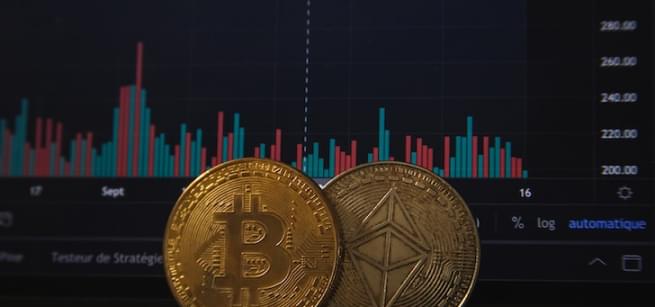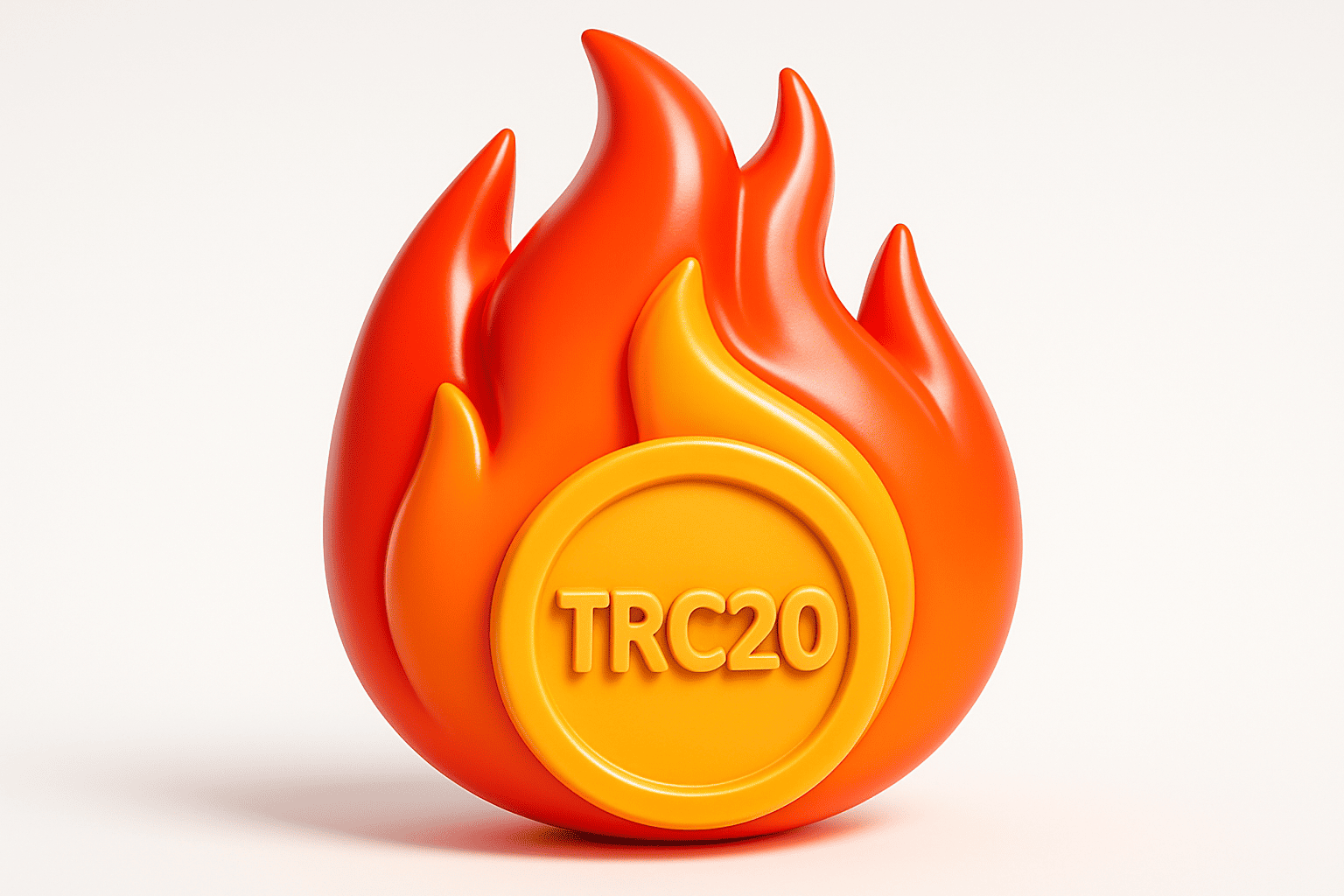Moonbeam
Download app Ironwallet and get tool for making transaction without network fee
About Moonbeam
Moonbeam is an exciting new smart contract platform built using the Substrate framework that provides compatibility with the Ethereum Virtual Machine (EVM). This allows existing Ethereum developers to deploy Solidity smart contracts and DApp frontends to Moonbeam with minimal changes.
Moonbeam Overview
Moonbeam functions as a parachain on the Polkadot network, benefitting from shared security and interoperability. The Moonbeam platform enables the deployment of Ethereum-based applications and tools to interoperate with applications and chains across the expanding Polkadot ecosystem.
The native token of Moonbeam is called GLMR. This powers the ecosystem and can be used for staking, governance, paying gas fees and collateral. Moonbeam combines the best of Ethereum and Polkadot, providing a scalable, interoperable home for DApps.
Moonbeam Team
Moonbeam was founded in early 2020 by Derek Yoo, a veteran in the blockchain space. The team brings deep experience across blockchain, fintech, academia, and enterprise software.
Notable members include Ethereum co-founder Gavin Wood, who serves as an advisor. There is also strong backing from leading blockchain investment firms such as Coinbase Ventures, Hashkey Capital, and 1kx. This demonstrates extensive support for Moonbeam’s vision.
Moonbeam Network
The Moonbeam network launched in January 2022 after securing a parachain slot through a successful crowdloan campaign. There is EVM compatibility powered by the Frontier open-source pallet. This enables projects building on Ethereum to deploy easily to Moonbeam.
Moonbeam also provides native interoperability to bridge assets and data to other chains via XCM. Developers can tap into the full Polkadot ecosystem while still using familiar Ethereum tooling.
Moonbeam Features
Some key features of Moonbeam include:
- EVM Compatibility – Runs Solidity smart contracts and DApp frontends with minimal changes
- Web3 RPC – Use existing Ethereum APIs and architecture like Web3, Truffle, MetaMask
- On-Chain Governance – Decentralized network control by GLMR token holders
- Cross-Chain Transfers – Move assets between Polkadot, Ethereum, and other chains via XCM/Bridge
- Staking Rewards – Up to 20% APY for staking GLMR and participating in consensus
These capabilities make Moonbeam a compelling platform for DApp deployment.
Moonbeam Consensus Mechanism
Moonbeam utilizes the NPoS (Nominated Proof-of-Stake) consensus mechanism from Substrate. This allows GLMR holders to stake tokens to validate transactions and secure the network.
The system brings certain advantages over Bitcoin’s current PoW including energy efficiency, faster block times, and built-in on-chain governance. There are up to 100 Collator nodes that create blocks.
This hybrid model combines staking participation rewards with the EVM architecture familiar to Ethereum developers.
Moonbeam Smart Contract Platform
As an EVM-compatible chain, Moonbeam supports all the tooling and infrastructure necessary to function as a smart contract platform.
Developers can write and compile Solidity code. They can integrate Remix, Truffle, Web3.js and MetaMask for deployment. All existing ERC-20 tokens can be bridged over and used immediately.
There is even seamless integration with leading DeFi applications like Uniswap, Balancer and Chainlink. This makes it simple for developers to build their DApps using Moonbeam.Moonbeam Ecosystem
Moonbeam has an expanding ecosystem of partnerships, integrations, tools and applications across DeFi, NFTs, gaming and infrastructure.
Some examples include leading projects like Chainlink, SushiSwap, Litentry, Equilibrium and more. Moonbeam also provides grants and other resources to accelerate development.
This demonstrates that top builders are rallying around Moonbeam as the go-to Polkadot parachain for Ethereum-compatible contracts. A vibrant community is rapidly forming.
Conclusion
In closing, I believe Moonbeam has potential to make blockchain adoption easier by being a cross-chain smart contract platform. Allowing Solidity developers into Polkadot via Substrate is an intriguing innovation.
If the team continues executing their ambitious vision, Moonbeam could become a key hub for DeFi, gaming, NFTs and other DApps in the evolving Web3 landscape. The user experience and developer tooling will be key factors to monitor. But the outlook is bright for this promising Polkadot parachain.





















